Dr. Stijn Mertens, Belgium, talks about his group’s recent achievements in forming nanoparticles that consist of a core of pure gold surrounded by a solid solution of gold and mercury.
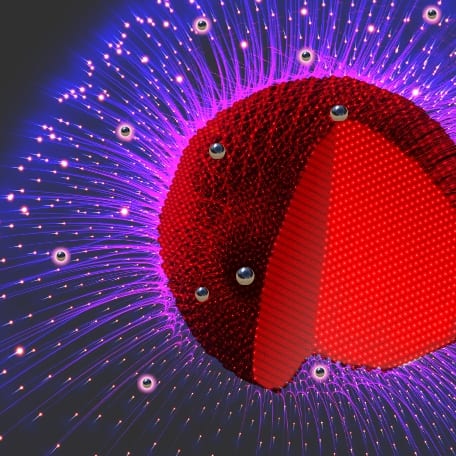

Dr. Stijn Mertens, Belgium, talks about his group’s recent achievements in forming nanoparticles that consist of a core of pure gold surrounded by a solid solution of gold and mercury.
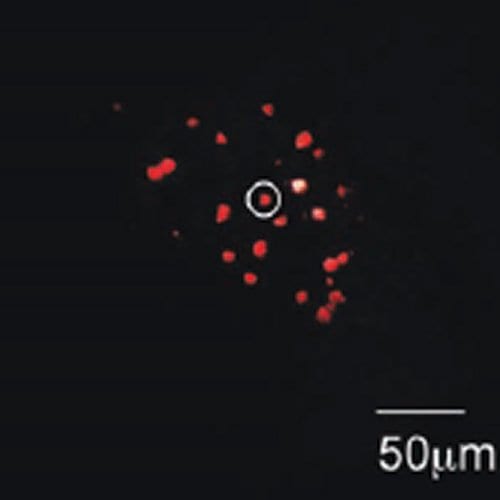
Russian scientists have made nanodiamonds with a higher concentration of nitrogen vacancy centers, with a better efficiency than was previously possible.
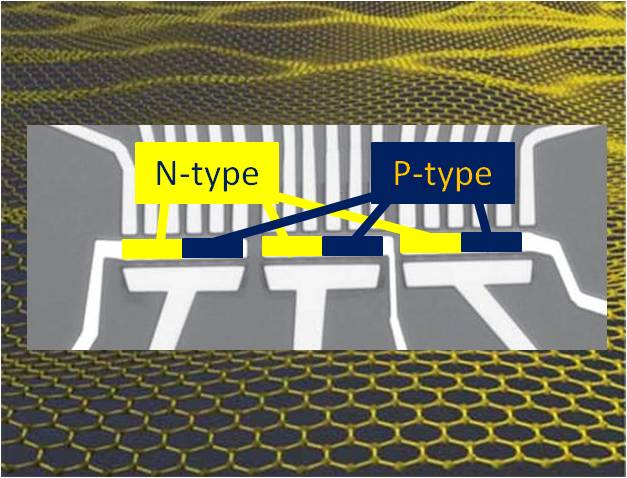
Self-adaptive complementary-like architectures are adopted in graphene-based transistors as a means to create low power, high gain logic gates.
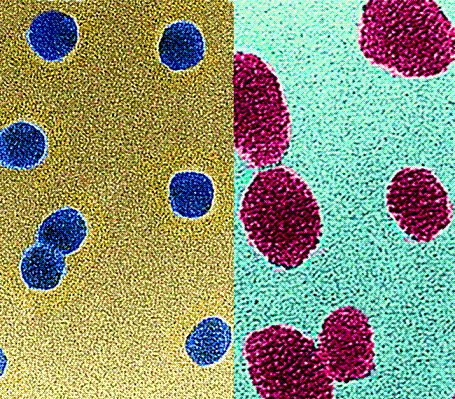
Ultrabright Fluorescent Mesoporous Silica Nanoparticles
Carbon nanotubes have the potential to unlock effective treatments for that most delicate of systems – the mammalian central nervous system. But conflicting studies and reports on potential toxicity underline the need for careful, standardized, and thorough research protocols.

New publication brings together theory and experimental results in molecular electronics – can we go beyond Moore’s law? Emanuele Orgiu & Paolo Samorì of ISIS tell us more
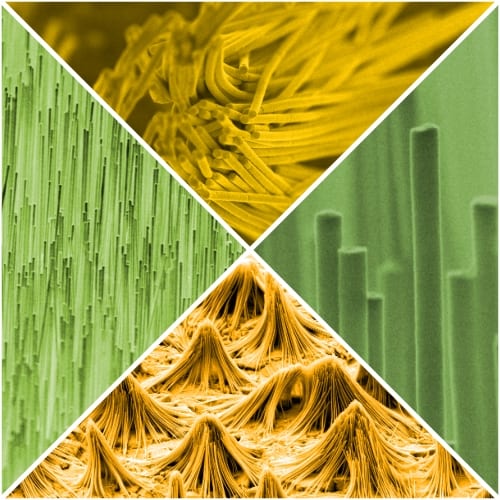
One-dimensional nanostructures like nanowires, nanobelts, and nanotubes attract considerable interest. However, common techniques to separate the nanostructures from the template can cause the structures to collapse.
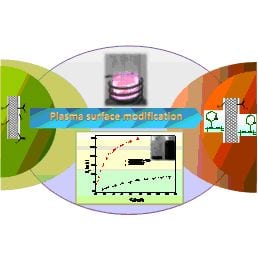
Scientists at Institute of Plasma Physics, CAS, have developed a way to modify multiwalled carbon nanotubes to enhance their dispersion properties and adsorption capacities
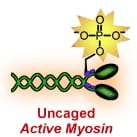
Light-triggered myosin allows real-time study of cells
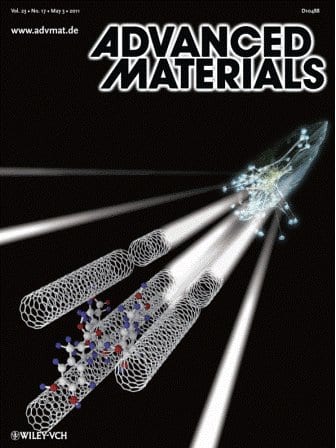
Merging the ultra-strong nature of carbon nanotubes and mussel-inspired linker molecules renders high-strength fibres via a simple spinning process.